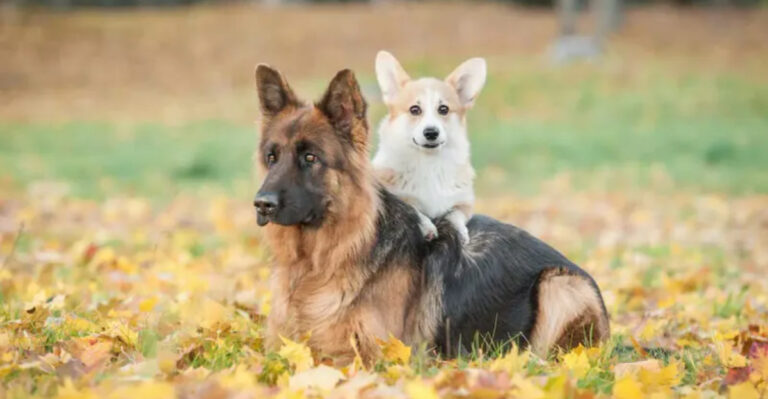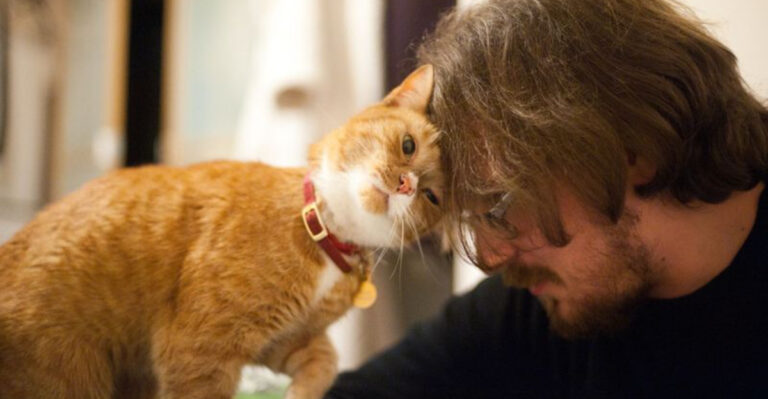How To Get Your Dog To Stop Ignoring You
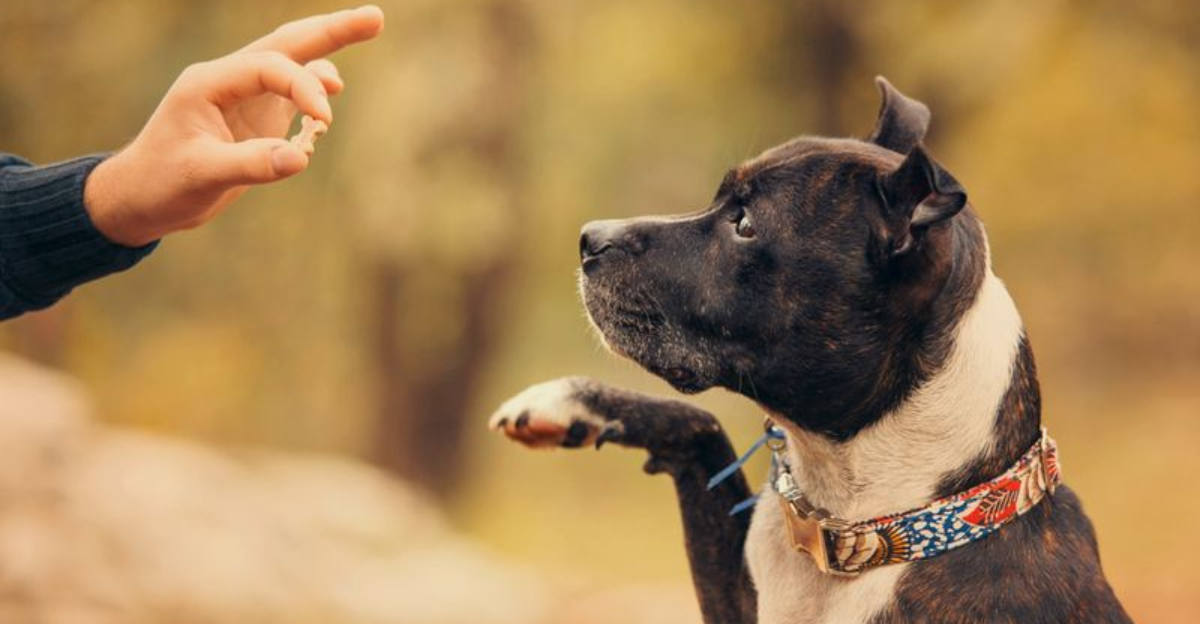
Ever feel like your furry friend has selective hearing when you call their name? Dogs sometimes ignore us because they’re distracted, bored, or simply haven’t learned to value our attention.
Building a stronger connection with your pup isn’t just about treats and commands. It’s about creating meaningful interactions that make your dog want to focus on you instead of everything else in their world.
1. Use High-Value Treats
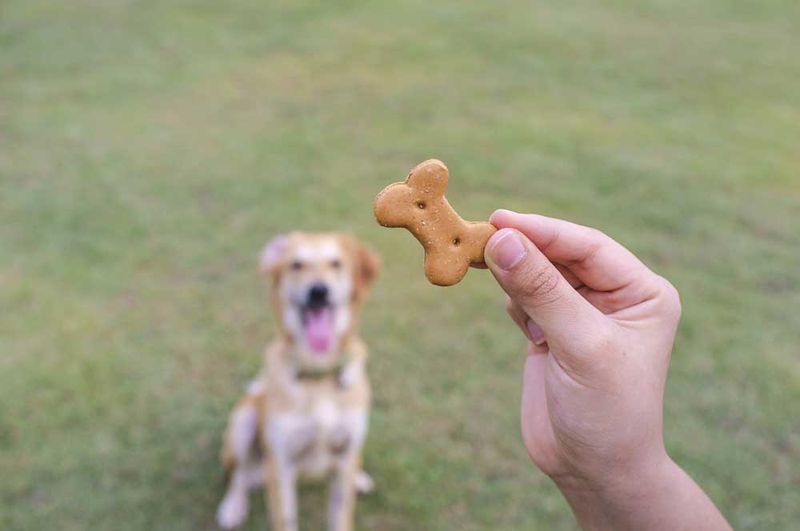
Nothing grabs a dog’s attention faster than their favorite snack. Skip the ordinary kibble and bring out special treats like small pieces of chicken, cheese, or freeze-dried liver.
Reserve these premium goodies exclusively for training sessions. When your dog realizes you’re the source of these extraordinary treasures, they’ll start paying more attention to you. Just remember to keep portions tiny to avoid weight gain.
2. Master The Art Of Exciting Voice Tones
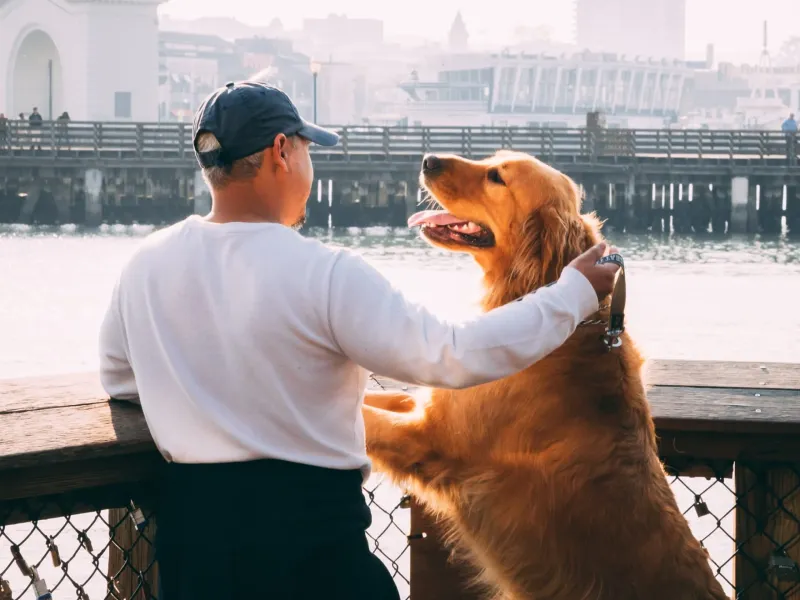
Your voice is a powerful tool in capturing your dog’s interest. Practice using an upbeat, enthusiastic tone when calling your pet instead of the monotone voice we often use when tired or frustrated.
Dogs naturally respond to higher pitches and animated sounds. Try varying your voice patterns during training sessions to keep your furry friend engaged. Remember that dogs can sense emotion through your voice, so genuine excitement works best.
3. Play The Name Game Daily
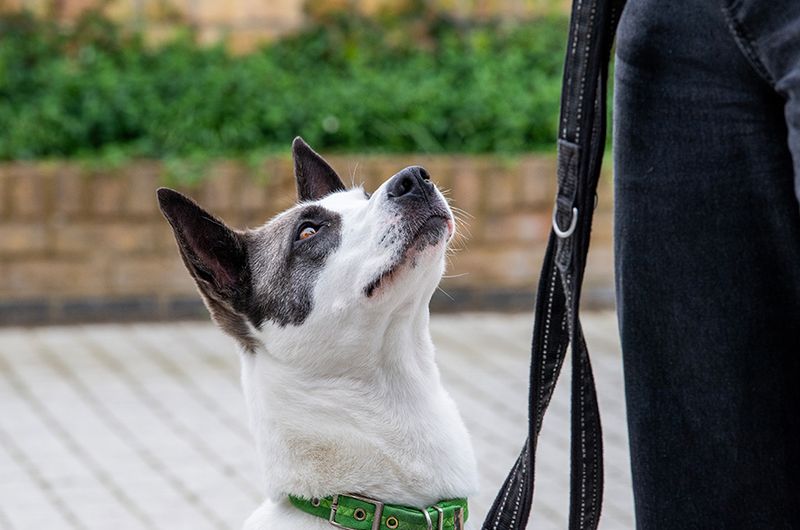
Many dogs learn to tune out their names because we overuse them without rewards. Start fresh by practicing this simple game: say your dog’s name once, and when they look at you, immediately reward them with a treat and praise.
Repeat this exercise 10-15 times daily in different locations with varying distractions. Soon your pup will snap to attention at the sound of their name. This creates a positive foundation for all other commands.
4. Become More Interesting Than Distractions
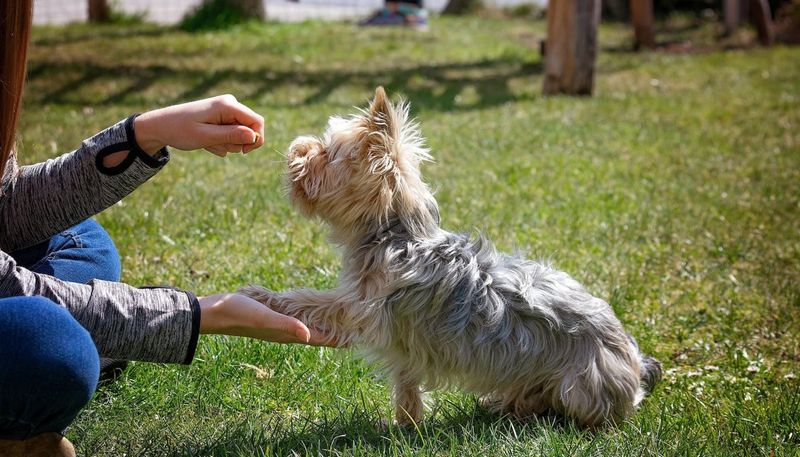
Dogs ignore us when something more exciting catches their attention. Carry a special toy that only appears during training sessions to instantly become more fascinating than environmental distractions.
Squeaky toys, tug ropes, or balls that make unusual sounds work wonderfully. The novelty factor keeps your dog wondering what fun thing you’ll do next. This unpredictability makes you more interesting than that squirrel in the distance.
5. Schedule Regular Training Sessions
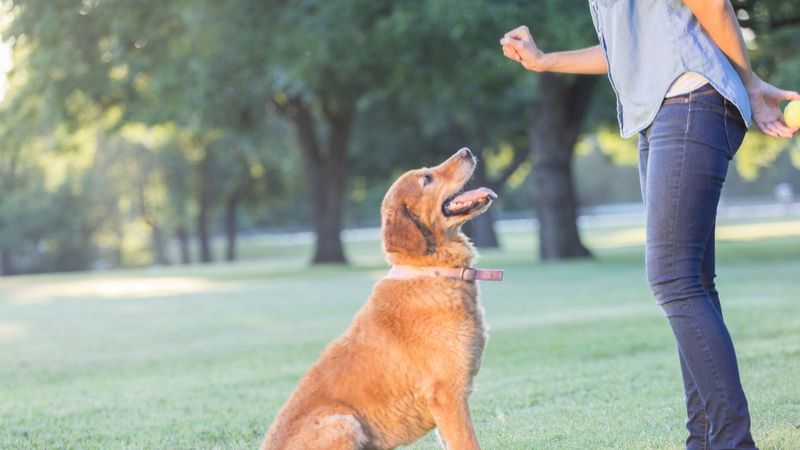
Consistency creates habits. Set aside 5-10 minutes twice daily for focused training with your dog. Short, frequent sessions work better than occasional long ones.
During these mini-sessions, practice commands your dog already knows, mixed with new challenges. End each session before your dog loses interest. This approach builds a routine where your dog expects to focus on you at certain times each day.
6. Reward Eye Contact Generously
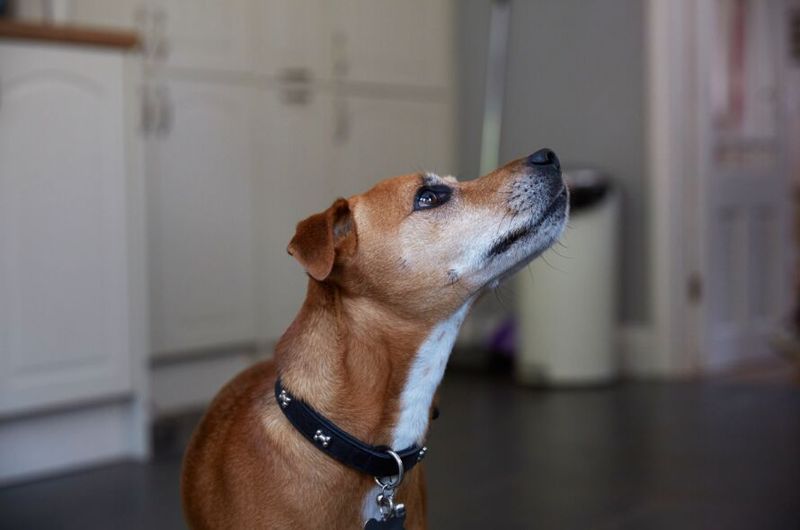
Eye contact forms the foundation of attention. Whenever your dog spontaneously looks at you, mark that moment with a verbal cue like “yes” and follow with a treat.
This simple technique teaches your dog that checking in with you brings rewards. Practice this while on walks or in new environments. Soon your dog will frequently glance your way, creating more opportunities to give commands when needed.
7. Reduce Command Repetition
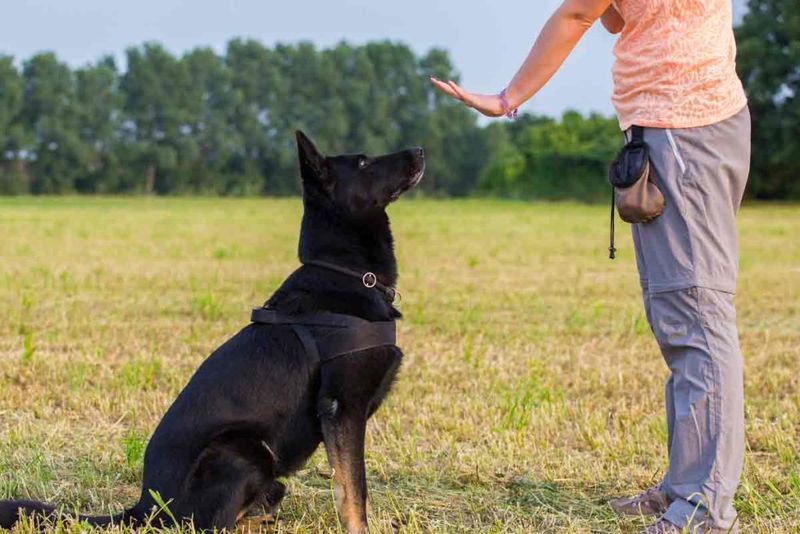
Repeating commands teaches dogs they don’t need to listen the first time. Break this habit by saying commands once and waiting patiently for a response.
If your dog doesn’t respond, don’t repeat yourself. Instead, get their attention another way, like making an interesting sound or moving to a new position. Then try again. This teaches your dog that every command matters and requires action.
8. Create A Special Signal
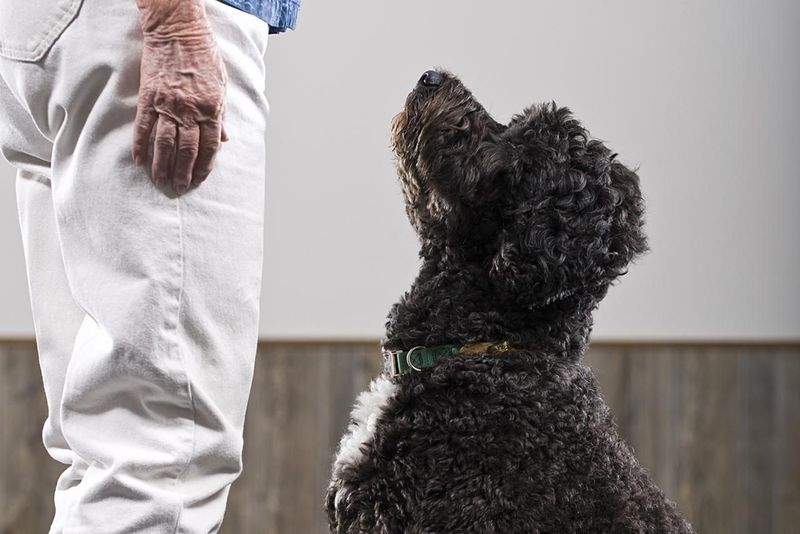
Develop a unique attention cue that always means “focus on me now.” This could be a kissy sound, a gentle whistle, or patting your leg in a specific rhythm.
Use this signal consistently before important commands. Always reward your dog when they respond to it. Your special signal becomes a secret language between you and your pet, cutting through distractions when verbal commands might fail.
9. Practice The “Look At That” Game

Many dogs ignore us because they’re fixated on something else. The “Look at That” game turns distractions into cues to check in with you.
When your dog notices something interesting, say “look at that” in a cheerful voice. The moment they glance back at you, reward them. This teaches your dog that acknowledging distractions and then returning attention to you brings rewards.
10. Move In Unpredictable Ways
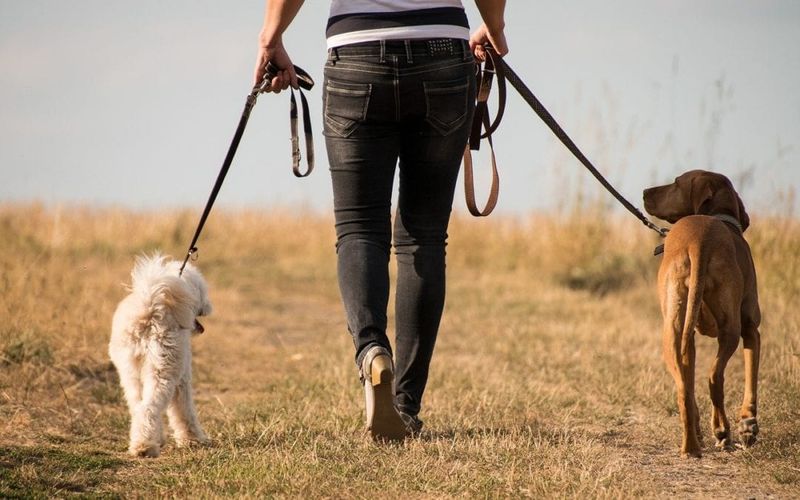
Dogs are naturally programmed to notice movement. When your dog ignores you, try moving in unexpected directions instead of following them around.
Skip, jog backward, or suddenly change direction during walks. These unpredictable movements trigger your dog’s natural curiosity. When they look to see what you’re doing, reward that attention immediately.
11. Create Positive Associations With Your Presence
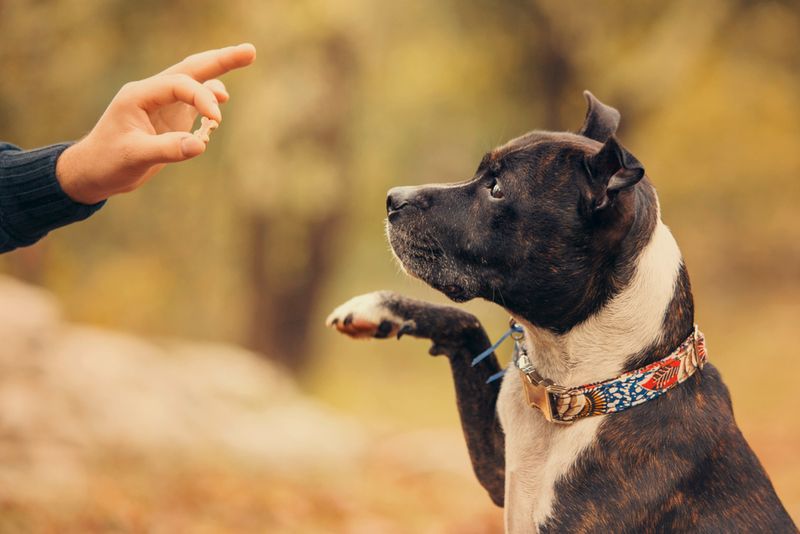
Sometimes dogs ignore us because they associate our attention with the end of fun. Change this by randomly appearing with good things throughout the day.
While your dog is playing or relaxing, occasionally approach with a treat or quick play session, then leave without asking anything of them. This teaches them that your presence predicts good things, not just the end of freedom.
12. Practice The “Attention Sandwich” Technique
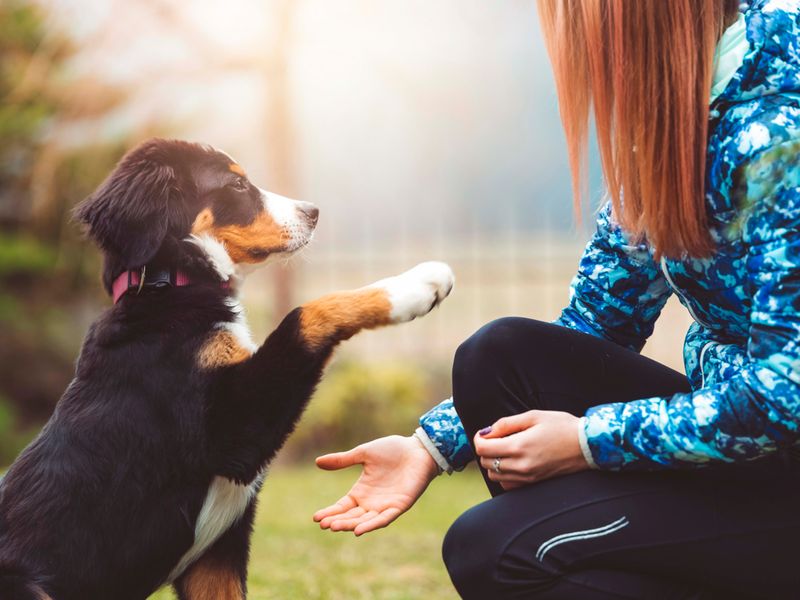
The attention sandwich helps dogs learn to focus in distracting environments. Start in a quiet place where your dog easily pays attention to you. Give a command they know, reward them, then briefly expose them to a mild distraction.
Immediately call them back, reward generously, and release them again. This sandwich pattern of attention-distraction-attention builds their ability to toggle focus between you and the environment.

